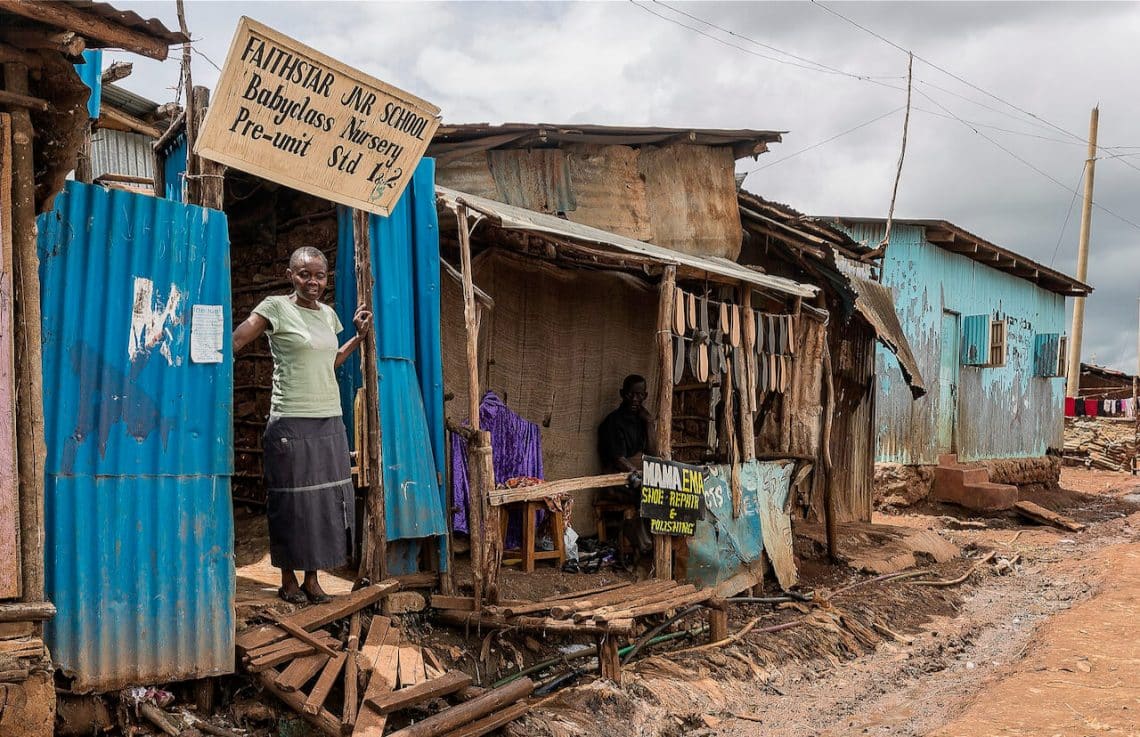
Kibera slum tour: Real life in an African slum
It is really important to me to learn about everyday life in the countries I visit. It doesn’t matter whether the country is affluent or impoverished, I want to see behind the tourist veneer and get a glimpse into how people live, the reality of normal life. In the past, this has taken me to supermarkets, residential streets and, in India, a multiplex cinema where I had the samosa special and watched modern Bollywood for an afternoon. But Nairobi was something different. It took me to Kibera.
Not unreasonably, many countries gloss over their poorer areas, would prefer not to show them off to visitors. I visited Namibia some years ago, and we were whisked straight past the townships as though they didn’t exist. Kenya’s capital, Nairobi, is a place of contrasts: I stayed in a nice tourist hotel, with air conditioning and a pool, a stone’s throw from the skyscrapers of the downtown. But Nairobi is also home to arguably the largest slum in Africa, Kibera. With some 700,000 inhabitants, Kibera perches on the edge of the city centre, not far from the national park and wildlife sanctuaries that draw tourists from all over the world, yet it is a place of shacks and poverty. I had the opportunity to take a tour, and I took it.

I wasn’t sure about the ethics of taking a Kibera slum tour, and if I’m honest, I’m not entirely sure today. My reasons for going were primarily for my own education: to see what life in an African slum is really like, and to fully understand the conditions people have to live in simply because they were born less fortunate than me. My intention was to raise my own awareness, and to help the community in some small way. But the last thing I wanted was to be a voyeur, to parade around town in a tour group flashing my riches and making people feel uncomfortable at best, embarrassed at worst. Fortunately my visit was as low-key as possible; I was in Kenya as a solo traveller and had booked a 2-day private tour (with Dawn in Africa Safaris), and they were able to arrange for me to visit Kibera with a representative of a local charity, and – most importantly to me – on my own. And what an experience it was.

I was met on the outskirts of the slum by David, who runs a community project helping local children express their creativity through a range of means – arts and crafts, modern and traditional dance, videography and many others. What can at first seem superficial is in fact very valuable for these kids; aside from providing them with a safe place that keeps them occupied and out of trouble, it provides mentorship from the adults involved. And the skills they learn lead to employment, primarily in the tourist industry which is a big part of the local economy, as well as the opportunity to get out of Kibera and travel around Kenya – and even overseas – giving performances. David and I sat in his office on the top floor of a ramshackle wooden building as he filled me in, and my eyes were opened wide by his passion and commitment.
Afterwards, David took me on a walk around the eastern part of Kibera. The township is made up of a number of “villages” which blend one into the other, and not all of which are welcoming to strangers. But here in his home district, we were greeted on the street by his friends and family. The streets were narrow in places, wending between the tightly-packed wooden buildings (to the point that I hit my head – hard – on an overhang, which was more than a little embarrassing). The ground beneath our feet was buried under several layers of rubbish. It was exactly how I had pictured an African slum, and difficult to digest. The refuse underfoot, the smell of garbage, and the families living side-by-side amongst all this, purely because they were born here and this was their lot in life. Life in Kibera is hard.
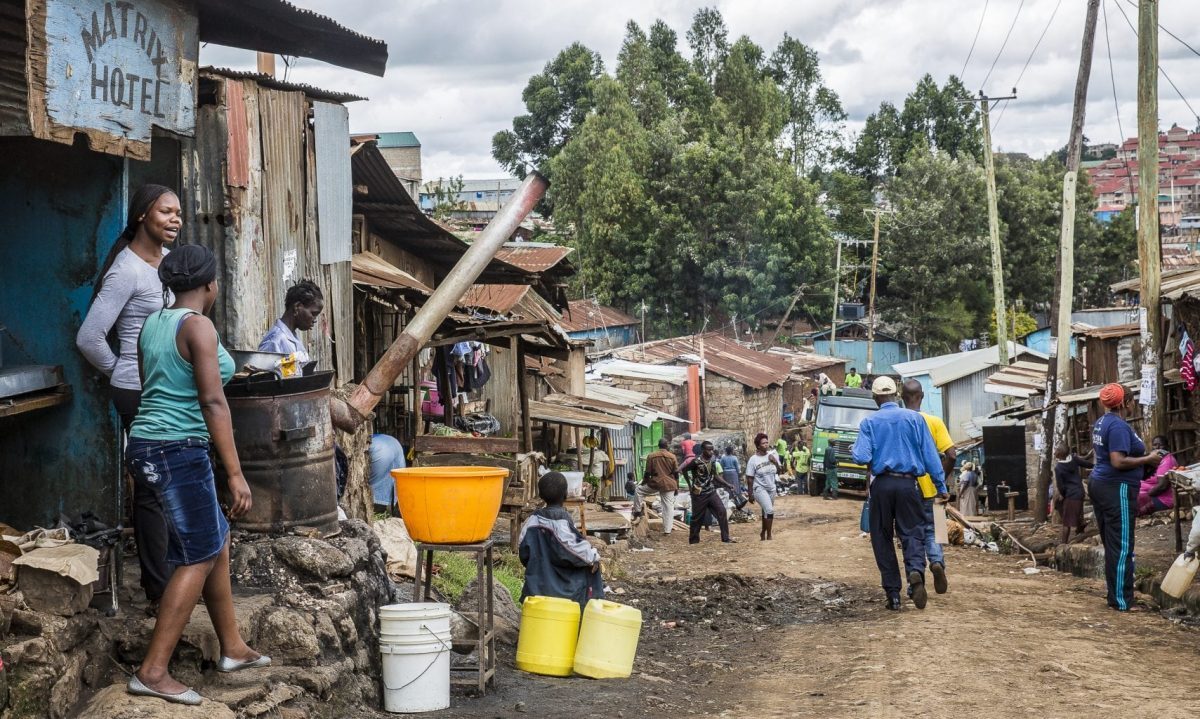
But the people were incredible. David introduced me to everyone he knew along the way – all of them friendly, welcoming, ready to shake my hand. His family members would appear from nowhere – a teenage niece who met up with him to collect some money, brothers and sisters who would appear for a quick hello. We visited a local bone carver, who took the bones of cows from the slaughterhouse and cut and polished them into jewellery to sell to tourists. He showed me the process, in a rickety workshop thick with bone dust. In his little sales room I selected a few pieces to take home with me, knowing that the important thing was to buy something, regardless of whether I liked it. But the little bracelets and necklaces made great souvenirs, as well. One of the salesmen surprised me when he asked where I was from and I told him Stoke-on-Trent. “Ah, Stoke City!” he said, referring to our local football team which was currently in the UK Premier League. Nowhere on my travels has anyone known where Stoke-on-Trent is, and yet here in the slums of Nairobi I found someone who knew of the city and had watched its team on television. He was a Manchester United fan, but you can’t have everything.
We visited a community centre who have set up a project to generate electricity using refuse from the local public toilets. Living conditions in Kibera are such that in-home plumbing is very rarely available, so these community toilets are common, and the method of generating electricity from this inexhaustible source was ingenious. We also went to Kibera Town Centre, a building with offices, public showers and a small coffee shop where local people could buy their espressos and lattes and have some dignity, knowing that they were having the same experiences as their richer cousins in the city centre. In a side room was a bank of computers; these are free to use, and enable Kibera’s residents to have email and Facebook accounts, and all the other things needed in the modern world to communicate and look for employment. It was a fabulous place.
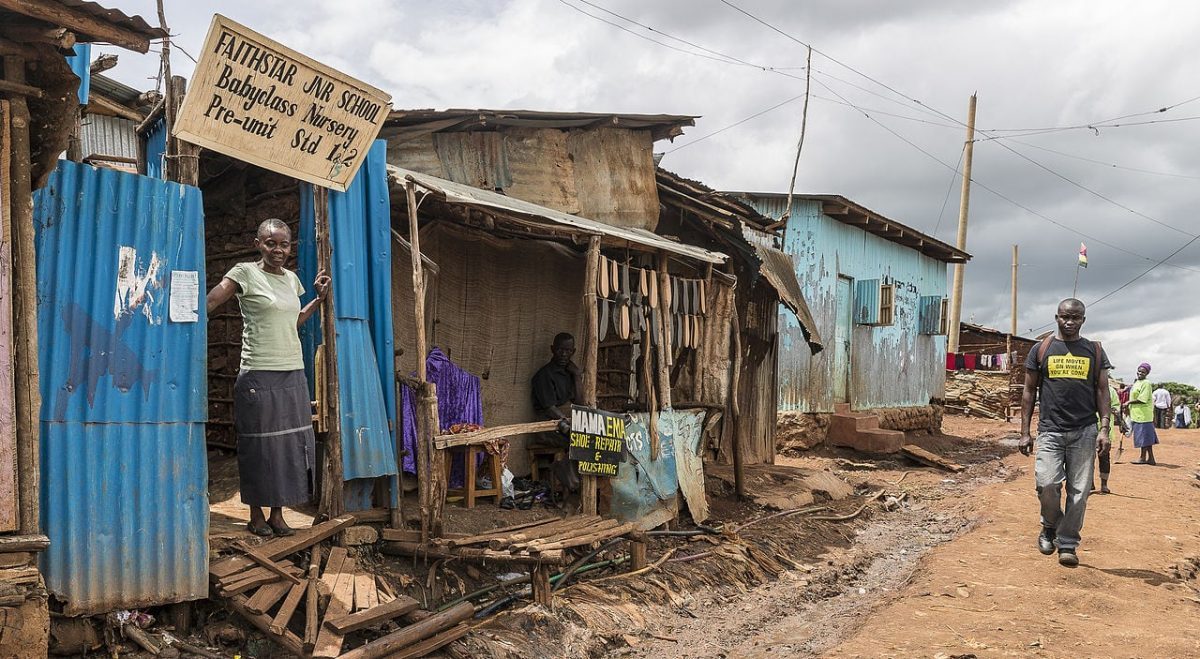
Everywhere I visited, I was handing out donations. It felt awkward and patronising, but would have felt so much worse if I hadn’t. My general donation was £5-£10 sterling, and to this day I don’t know if that was insultingly extravagant or insultingly little. All I could do was follow my own instincts and hope for the best.
I also had the opportunity on our tour to visit David’s adoptive family. His own parents died young, and he was raised by a local couple who still live in the community with their children and grandchildren. And so I was privileged to go behind the street façade into their home, through a courtyard into a back building where the four grandsons were doing their homework on the floor, next to their bunk beds and with an old tv playing on one wall. We made awkward conversation; David insisted on taking photos. I think I was interrupting them, to be honest, but they were so generous to allow me to come into their home, and the children were full of smiles. After a chat with the adults in the courtyard, we were on our way again, with me once again dishing out money like some dishevelled fairy godmother. It didn’t get any easier.
Other than the photos in the home, and a few on the outskirts of the slum itself, I didn’t take any pictures while I was in Kibera. In fact, other than some money and my phone, I didn’t take much with me at all. Taking photos in the streets would have been hugely inappropriate, but David very kindly took some for me after my visit and emailed them to me. Having said that, I don’t need photographs to remember the images of the slum, the streets full of people living their lives in difficult conditions, and the entrepreneurship and determination to better their lot that I experienced everywhere around me. It was embarrassing how driven they were compared to myself and the majority of us back home.

Where is Kibera?
Covering a sizeable chunk of Kenya’s capital city, Kibera lies to the southeast of the city centre and close to Nairobi National Park. It can be easily reached in combination with the major tourist sites of the area, but must be visited with a local guide.
How can I help the community of Kibera slum?
After I visited Kibera I was on the lookout for some way in which I could help the community. The projects I came across were all local, and aside from the donations on the day it is difficult to transfer money to them. Then, some months later, I came across Anno’s Africa. A project very similar to the one David runs, Anno’s Africa works with Kibera children, teaching them performing arts and, especially, ballet. They do a lot of good work in the community and have some prominent backing outside Kenya, particularly in the UK where the charity is registered. I urge you to visit www.annosafrica.org.uk to find out more.
Inspired to take your own trip to Kenya? Check out this inspiration for your own 2-day tour!
To compare life in Kibera with another of the world’s biggest slums, check out this post on the district of Dharavi in Mumbai, India.
Visiting Africa? Check out these other posts!
- Destination Africa: The best African countries to visit
- An African market day: The local market at Camp Robin, Madagascar
- 9 Amazing animal experiences from around the world!
- Kibera slum tour: Real life in an African slum
- Traditional dances of the world: Discover local dance and folk dance
- Animal encounters: Hyenas in the night
- Anakao, Madagascar: Zebu carts, speedboats, and paradise
- The lion that climbed the tree: Life on the plains of Kenya
- Camping in Namibia: Quirky campsites and preconceptions
Considering your own Kibera slum tour? Pin this post to re-read it later!


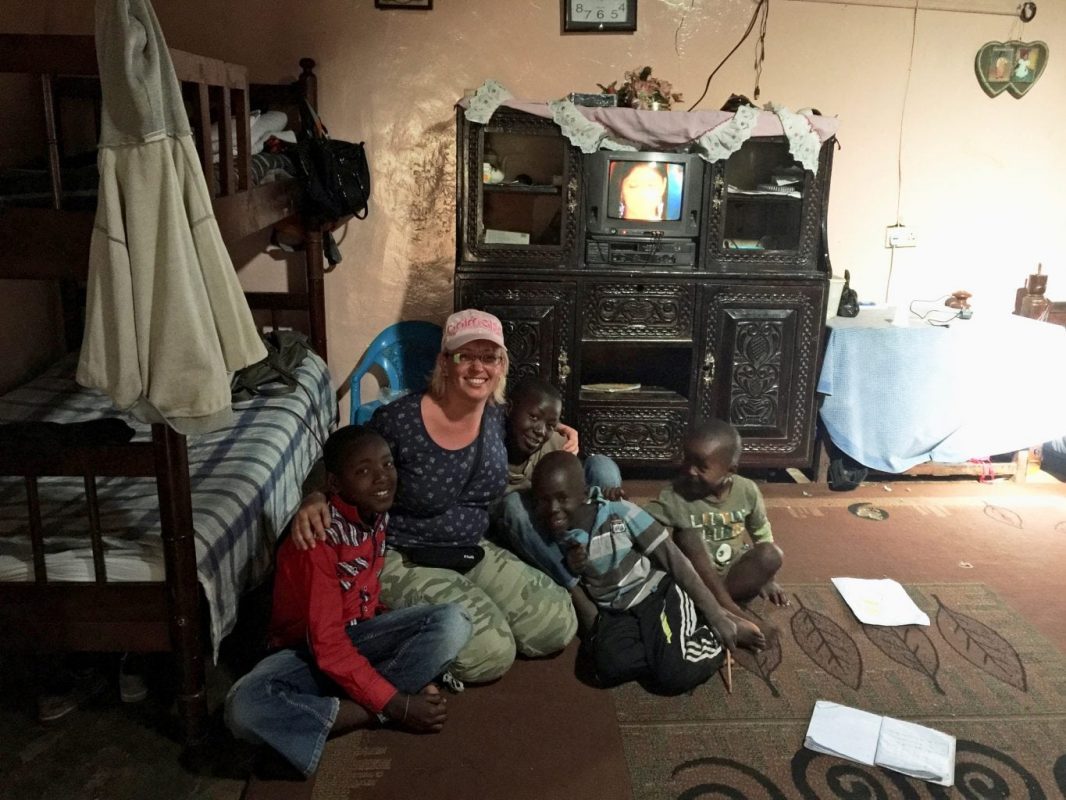


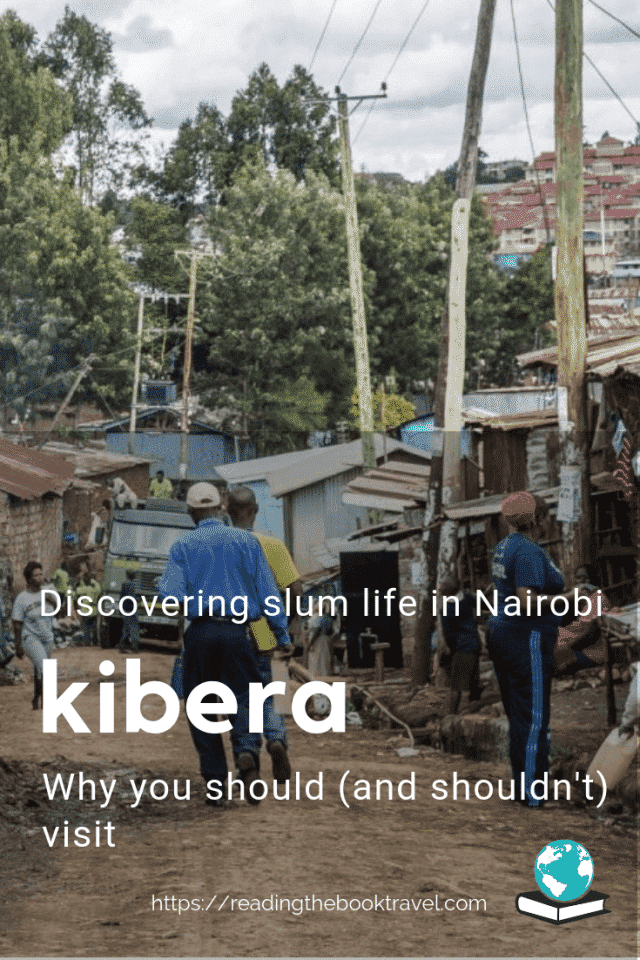
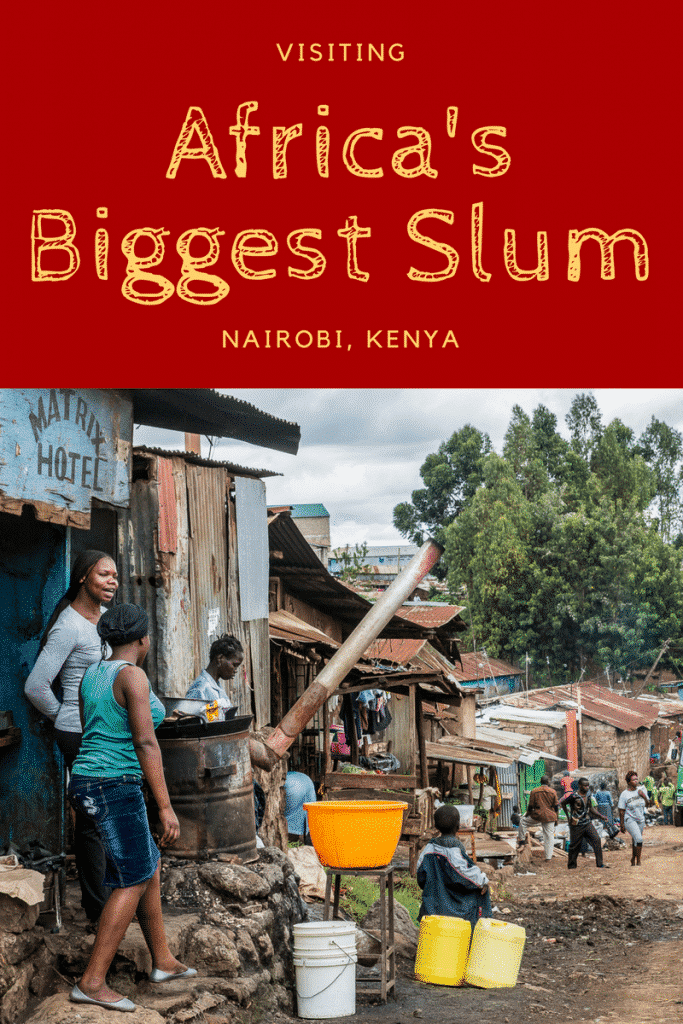
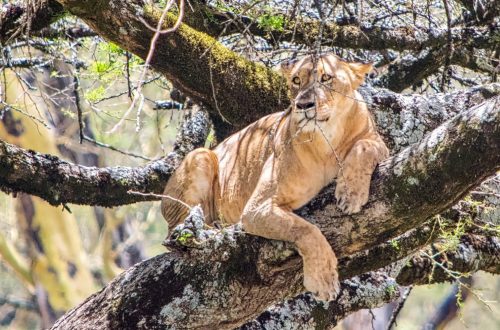
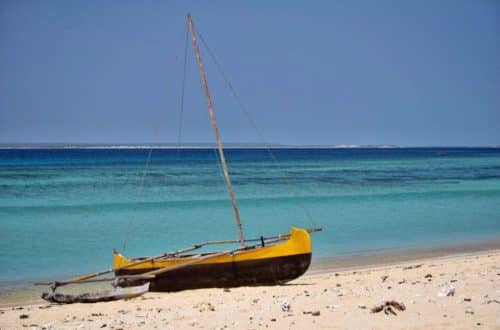
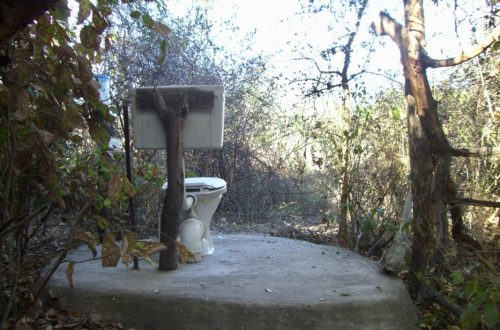
36 Comments
Ameeta
It’s so nice that you go beyond the touristy facade to explore the normal life of places you visit. What is nicer is that you want to help and give back to the community.
Jill Bowdery
I couldn’t imagine not giving back – I’m not wealthy by western standards, but compared to the people I met the difference was embarrassing. And they were amazing!
Kelly
What an amazing journey. Thank you so much for sharing. I think it is so great that you did this and wrote about it to help raise awareness. But I also love how you were sensitive to feelings of those in the township and didn’t want to make your visit a big deal. So hard when we just want to do good and educate ourselves and others. Such an important piece.
Jill Bowdery
Yes, I did find the balance really hard to manage. It’s one of the reasons it was important to me not to just come home and do nothing more – it needed to be more than just tourism. Thanks so much for your comment!
Patti
Thank you for expressing so well your feelings of awkwardness regarding “poverty tourism.” I, too, have struggled with how to behave appropriately, how to help, how to give money, when to take photographs. The whole experience is so fraught with opportunity to make a wrong step that I tend to avoid it in general. We’re going to South Africa in October and I am not going to take any tours of the townships. It just feels wrong.
Jill Bowdery
Thanks Patti – and I can totally understand that too. Like I say, I’m not sure which is the right decision. Pretending the townships don’t exist doesn’t help either (although it sounds like you won’t be doing that!), but there are plenty of other ways – charities, buying locally-made souvenirs etc – that you can make a difference. Have an amazing time in South Africa!
Christina
What an incredible experience. I’ve visited similarly poor areas in Cambodia and it always strikes me how happy these people are with so little. And how regardless of way of life, it’s always so effortless to share a smile and laugh with someone 🙂 So amazing of you to explore off the beaten path!
Jill Bowdery
Thanks Christina! Yes, it’s amazing how the people with the least seem to be the most friendly and happy to share. I’m sure it’s not an easy life in the slightest, but it’s incredibly humbling!
Lena Ameri
Wow this is definitely eye opening. It must’ve been quite the experience for you and for the people you met. Thank you for sharing!
Jill Bowdery
Thanks Lena! It was an incredible afternoon…
John Andrews
No ethical conflict. You were showing empathy and support which I’m sure was appreciated.
Jill Bowdery
Thanks John – I hope so.
Carolina
What an insightful post. Important reflections. It´s really hard to relate to this when travelling I think.
Carrie
Fascinating post, and really great that you were able to connect with a resident to show you around instead of doing it with a package tour. I remember when I was in Namibia, talking with some folks who were from a large township outside Windhoek — it was so interesting to hear how the townships actually had a thriving middle class amidst what, to outsiders, looked pretty bleak. I’d love to learn more about it but it’s hard to know how to engage responsibly.
TraveLynn Family - Jenny
What a truly eye-opening experience. I visited back in 1999 and brought back a flood of memories. It’s so important to see how other people live. We can’t all meander through life in a little self-cobtianed bubble.
Penny
If you ever pass through Mumbai in India you will see some of the largest slums in the world. The slums almost coexist with the more affluent parts of town so they are quite hard to miss. I haven’t been there in a while but I’ve heard that the government is trying to reduce them.
Jill Bowdery
I’ll be in Mumbai next April and we’ll be visiting Dharavi – I’ve also been through the airport and the slums come right up to the perimeter fence. It will be interesting to compare the two…
john
At the last National Census Kibera’s population was put at 250,000 even if under counted 700,000 is an exaggeration perpetuated by NGO’s working in the slum in order to keep their funding channels open. Keep your governments (Western) vigilant on cutting down corruption and exploitation in Africa and other developing countries and pressing on good governance and developing countries can uplift their people in a shorter amount of time than it took first world nations to develop
Danny Mellema
This is absolutely amazing!
Jill Bowdery
Thanks Danny!
Jim
Great post. I was in Nairobi earlier this year doing some volunteer work at an orphanage, and we took a trip into Kibera. It seemed almost overwhelming…but I love how you’ve captured moments of joy and love with your guide’s family. I wasn’t aware of the Kibera Business Centre, and I agree that having it there is a very good thing.
Arunima Dey
Thank you for sharing your experience. It was truly an eye opening post. It is inspiring to see travel stories like these that reflect how can go beyond being a typical tourist and truly attempt to give to a less advantaged community and learn about their lives.
Alina
I applaud you for being considerate and not taking photos! I think it is the true way to really experience and be mindful in a location. I myself am guilty of taking too many pictures everywhere I go, and I should learn from you in this aspect.
Interesting, educational and very eye opening. Thank you for writing this!
Valentini
THIS IS ONE OF THE MOST INTERESTING TRAVEL POSTS I HAVE EVER READ! Sorry for the capital letters but I am impressed! I know the feeling of giving money in such conditions , the insecurity, the uncertainty if this is a good or bad for them etc. We are so much privileged and at least we have to realise it and use it for good. Thanks so much for sharing!
Jill Bowdery
Thanks so much for your comments, Valentini! I think it’s important to share the reality of this part of the world. They have nothing, but their drive and commitment to improving their community are inspiring. So glad you liked the post!
Dagney
This was such an interesting article. I’ve heard of slum tours before, and definitely have an interest, but like you, am worried a bit about the ethics. That having been said, so many people (yourself included) seem to meet amazing people along the way and see a totally different side of a city. So… may need to sign up for one next time it’s a possibility!
Jill Bowdery
I think that’s the most important thing for me – if I just wanted to be a voyeur I wouldn’t go, but I’ve learnt so much from visiting this type of community, and I always come out with a positive picture of the local people and the incredible things they are achieving. We just have to understand our responsibility to share the people’s story later, and help in some small way in return for our visit.
Max
Wow. I was not expecting to like this, honestly, but it sucked me in. It reminds me a lot of my own experiences as a pale woman trying to navigate this world, and the truths we all must face! Thanks for the great read.
Livetotravelsaniyapuri
Amazing post..Thanks for sharing. I am glad to read that the community is being looked after.
Michelle M
This looks like such an eye opening experience. I am sure you learned so much by visiting!
Rebecca | Maybe This Way
I was a bit nervous to read this post at first, but I think you balanced it really nicely and I am so relieved that you decided not to take photos while you were there. This post was super well-written and definitely poses some important questions. Thanks for writing about this, especially as it is such a controversial topic!
Jill Bowdery
Thanks so much Rebecca!
Ryan Biddulph
Interesting Jill. One thing I learned circling the globe; we all have our own experiences. Some live without many physical possessions, others, tons. Most, somewhere in between. I do my best not to judge, and also, to embrace my First World Guilt because believe it or not, speaking to folks who own little in developing nations, many pity Western folks for working themselves to death, stressing themselves out, worrying about stacking up money. Sometimes the privilege becomes a prison.
Thanks for sharing this post and these fabulous pictures.
Angelica
I agree with the above comment that there’s really pity both ways- another example is we typically don’t have strong familial or personal relationships in the west, which is a huge thing in other countries and can mean more than money. And as you saw, the slums don’t define Kenya- there is material wealth as well. I do think it’s cool though that you went to do something like this on your trip and that there were a lot of strong community programs. It would also be interesting to contrast to tent cities with homelessness in like the US.
Christine
Was the organization you visited in Kibera the Foundation of Hope. Your tour guide David looks very familiar. We visit Kibera every other year and the Foundation of Hope is an amazing place!
Jill Bowdery
Hi Christine – yes it was absolutely Foundation of Hope! I had a tour around and I was SO impressed. Would love to be able to support it more, if you know of any ways let me know!